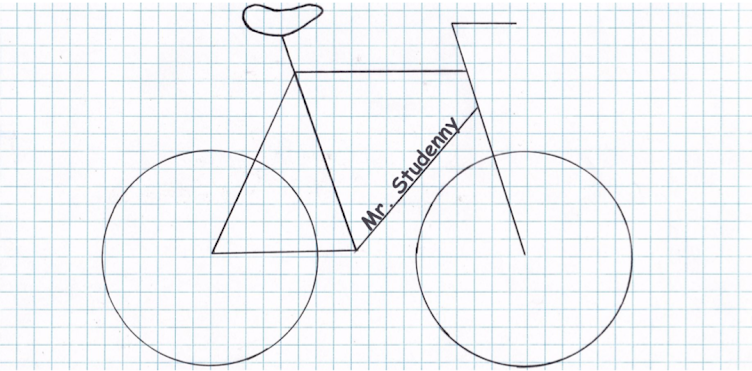I believe that all prospective teachers need to address this idea of developing their teaching identity. It is worth carefully thinking about various aspects of teaching and what your views are on them. It will be all prospective teachers responsibility to develop a stand point on issues that arise in the classroom and educational world. These issues could range from how to properly discipline students to the best way to arrange seating in a classroom. Today I would like to address the various approaches to instruction. I view the choice of methods of instruction a primary concern for all teachers.
 |
| Studenny, Mike. "Approaches to Instruction." 2015. JPG. |
Now I would like to get back to the idea I presented on developing your own personal teaching identity. I believe every teacher has a bias to which instructional approach they can best utilize in the classroom. This bias may have developed from you being taught this way or possibly you having seen good results from it thus far. Either way as prospective teachers we need to cast these biases aside and realize that students have their own individualized learning styles (Advanogy, 2015) and therefore find will find various approaches of instruction may work better than others.
So, if a teacher is able to ignore any biases to instructional approaches and really understand that each student will have an individual learning preference how do we cater to all of our students? I propose that we view these approaches to instruction as a spectrum and focus on the importance of building a blend of many approaches into each and every lesson we teach. It is through this progressive approach to building your classroom dynamics that a teacher will begin to address more individualized needs of our students.
References
Advanogy. (2015). Overview of learning styles. Retrieved from: http://www.learning-styles-online.com/overview/
Drake, S. M., Reid, J. L., & Kolohan, W. (2014). Interviewing Curriculum and Classroom Assessment: Engaging the 21st Century Learner. Don Mills, ON: Oxford University Press.
Long-Crowell, E. (2013-2015). Direct Instruction and Discovery Instruction: Definition and Differences. Retrieved from: http://study.com/academy/lesson/direct-instruction-discovery-instruction-definition-differences.html
Studenny, Mike. "Approaches to Instruction." 2015. JPG.
